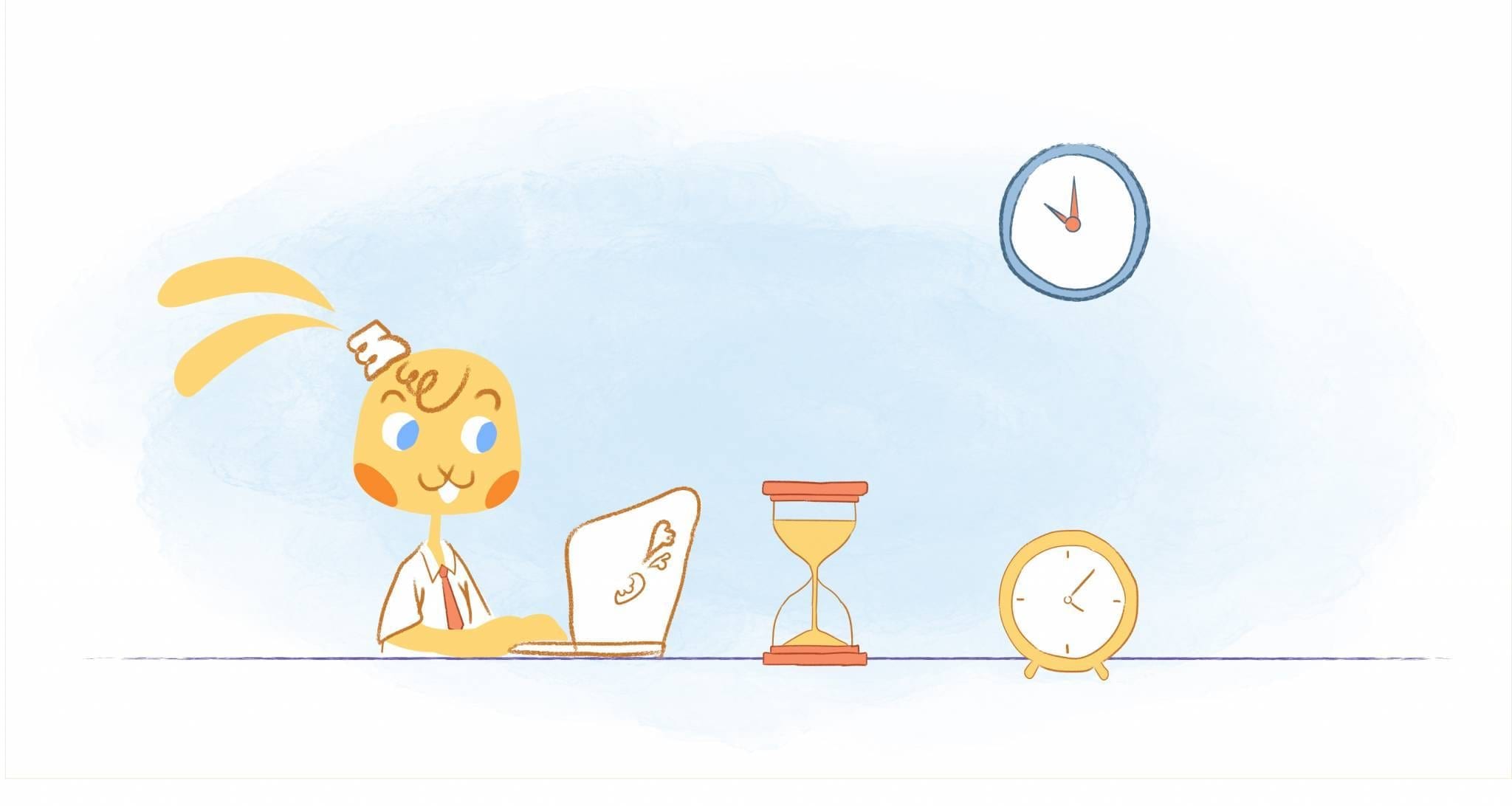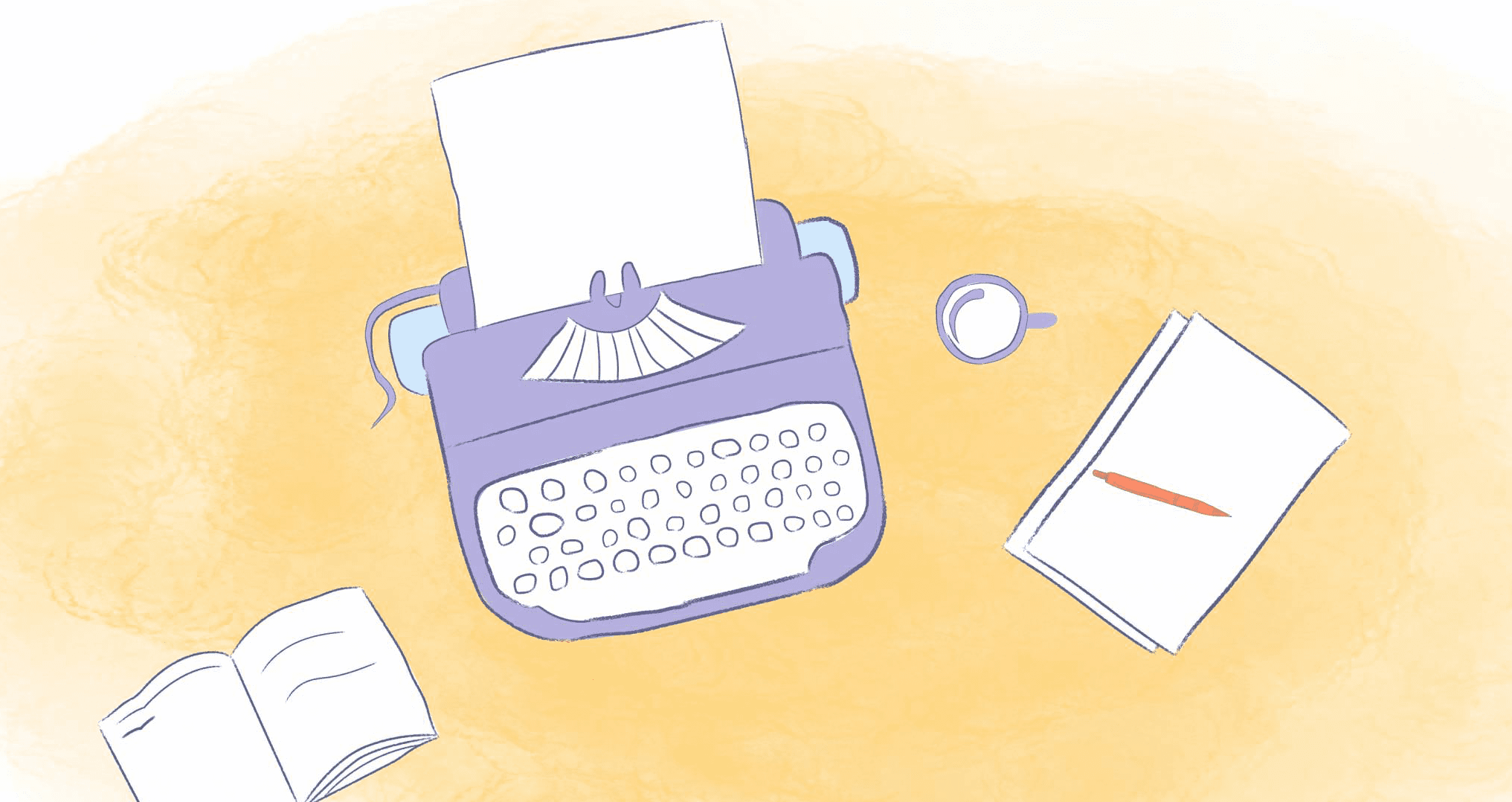

Getting sick is never fun. As a freelancer, it can be even more hectic because there are no sick hours or PTO to utilize. Often times, if you don’t work as a freelancer, you won’t get paid. At the beginning of my freelance career, I’d often work through the days I was sick and it would be the worst. I lacked motivation, energy and the days just seemed to drag out. I wasn’t being productive or operating at 100% so I was often torturing myself for nothing.
It’s important to realize that if you can learn how to manage sick days as a freelancer, you’ll have a smoother workflow with clients and still plenty of time to rest and recover. While you won’t be given paid sick days as part of company policy, there are quite a few things you can do.
Plan For Sick Days
Yes, that’s right. You know you may get a cold or not feel well over the next 12 months, so plan for sick days in advance. This isn’t to say you should try to predict when you’re going to get sick or look forward to it. In a perfect world, I’m sure you’d never want to be sick or face any similar interruptions to your freelance workflow.
However, it’s important to be realistic and plan for the likelihood of you having to miss a few days of work. Start preparing your finances and planning for sick days and how they might affect your freelancing business. This could look like making sure there’s a little more free space in your calendar during the flu season or giving yourself extra time to rest after travel.
Determine a realistic number of personal days to give yourself for an entire year then plan accordingly.
Work Ahead If Possible
One thing I like to do is always work ahead with most of my freelance clients. I have some clients that I provide content for regularly so it’s easy to double up one week and get ahead. This provides a lot of relief because I’m not pushing deadlines at the last minute.
By working ahead, I’m able to have a little extra time to fall behind if necessary but still avoid turning in work to clients late. Getting ahead with your freelance work doesn’t happen by accident. It’s an intentional move that you’ll need to make. If you don’t have work regularly available to get ahead, ask clients if you can get ahead by 1 week at least.
Use any spare time you have when you’re healthy to get things done. That way, if you need to take a personal day, you’re still on track and not playing catch up.
Communicate With Clients
Let’s say you aren’t able to get ahead with some of your client work and you will be late with a deadline due to being sick. Make sure you reach out to your clients and communicate this ASAP. It’s important to let someone know if you can’t make a deadline so they can plan accordingly. Be honest about what’s going on and propose a potential new deadline you can meet once you feel better and fit to resume working.
There have been many times where I worked with freelancers who literally disappeared off the face of the Earth. Just like you’d let your boss know when you’re unable to come into work, it’s important to talk to freelance clients. If being sick will prompt you to miss a deadline, you want to maintain a solid working relationship and keep lines of communication open. Most of the time, my freelance clients have been understanding when I’ve asked for an extension.
We continue to work on good terms with each other because I’ve been able to manage sick days as a freelancer and communicate instead of disappearing.
Fund Your Own PTO Package
You don’t get Paid Time Off as a freelancer. Yes, it sucks but you can also act as your own employer. Consider funding your own PTO with some of your freelance earnings. It’s wise for freelancers to budget some of their income for taxes, operating expenses, and also PTO.
Determine how many sick days you’d like to allow yourself each year and how much money you need to pay yourself for each day. For example, maybe you don’t get sick often, but you’d like to give yourself 6 ‘sick days’ and you typically earn around $250 – $300 per day freelancing.
This means you’ll focus on saving up $1,500 to cover sick day pay. Set reminders of when to transfer money from your freelance earnings to a high-yield savings account each month. Take advantage of higher-earning months to really boost your savings. Then, you can transfer the funds to yourself if you have to miss a day for doctor’s appointments or just to rest up.
When you create your own sick day package, you don’t have to feel guilty about getting sick. You can truly relax and take the necessary time to get better without having to worry about money.
Don’t Abuse Your Time Off
If you want to know how to manage sick days as a freelancer you should commend yourself. It means you care about your business and supporting your clients. That said, you also may realize that freelancers can technically have as many sick days as they want.
Try not to abuse this privilege as it may not look well for your client relationships in the future. Be honest with yourself about your symptoms and whether you truly can’t work for a while. Sometimes, I like to push through if I start feeling wonky toward the end of the week (knowing I can relax over the weekend). Other times, I take personal days to prioritize my mental and physical health.
You know your body and your limits best. Use sick days as needed by try not to abuse it if you don’t feel it’s necessary to take a day off. Still, planning ahead and preparing your calendar and finances for sick days as a freelancer is crucial.











Choncé Maddox
Choncé Maddox is a professional writer who recently left her job in the web design industry to produce killer content and manage her own writing business full time. She is passionate about helping entrepreneurs be more productive and create a life they love by doing fulfilling work. On the side, she runs a podcast and blogs about getting out of debt at MyDebtEpiphany.com.